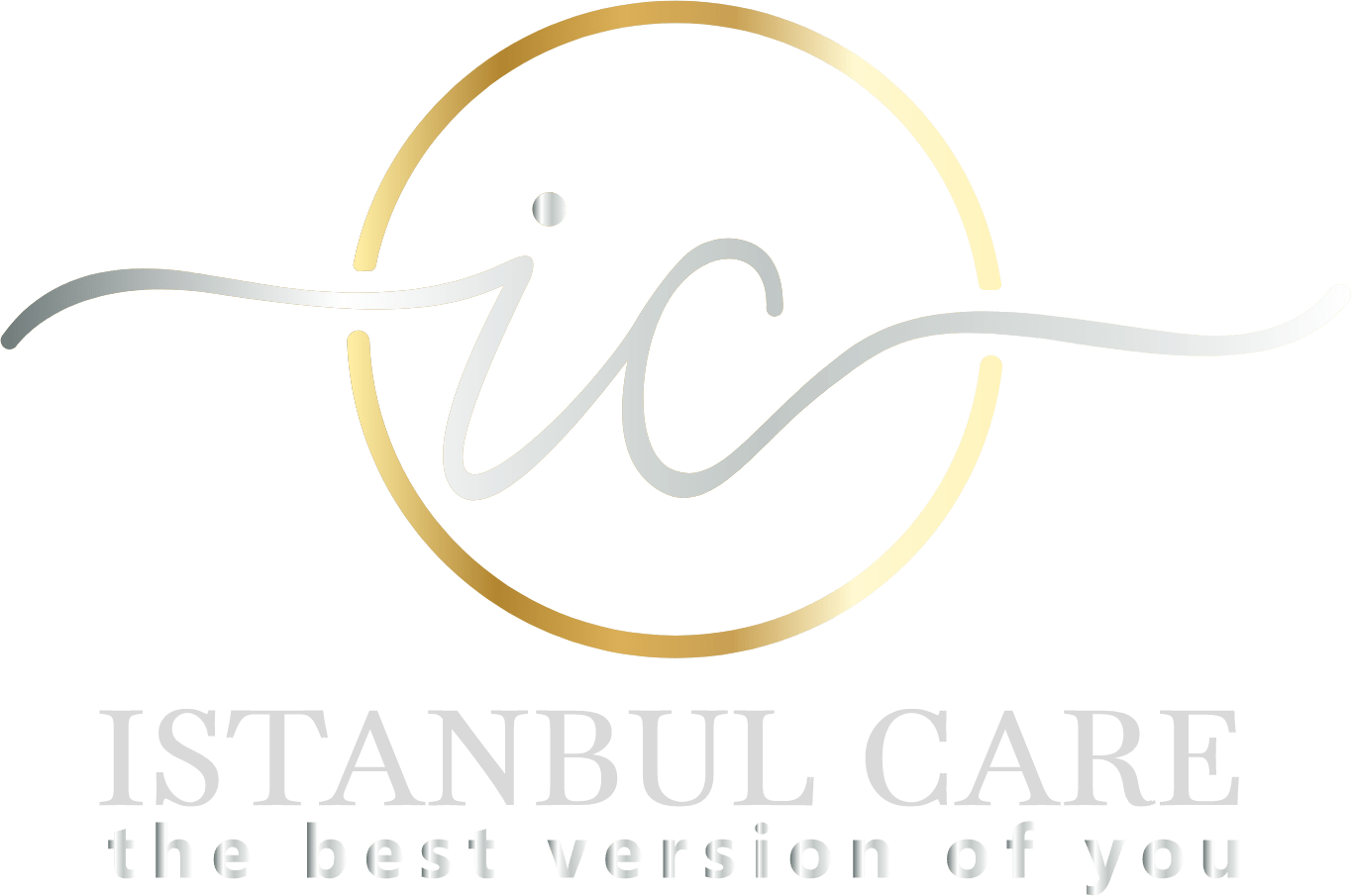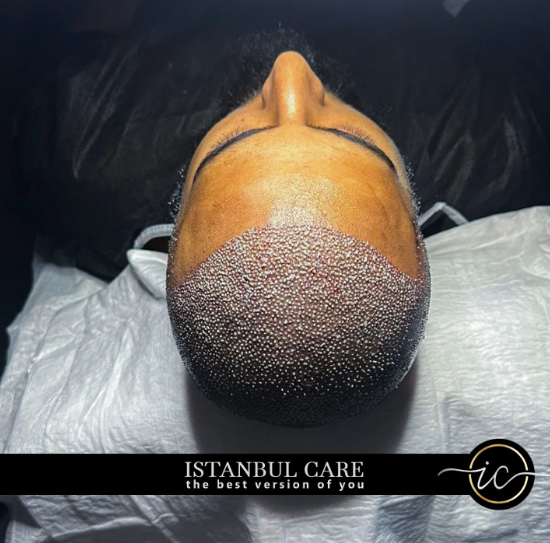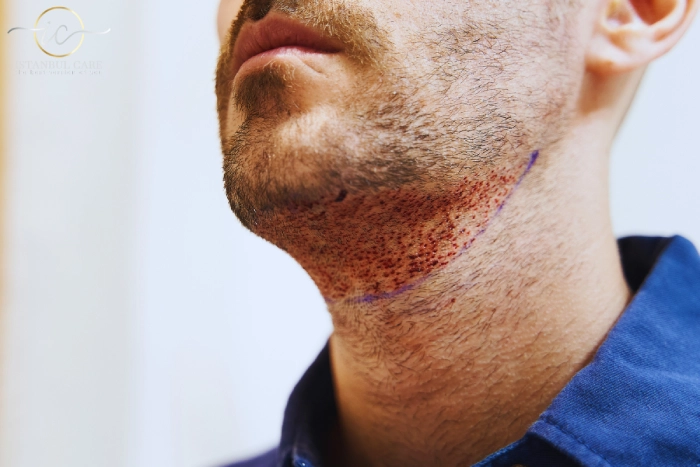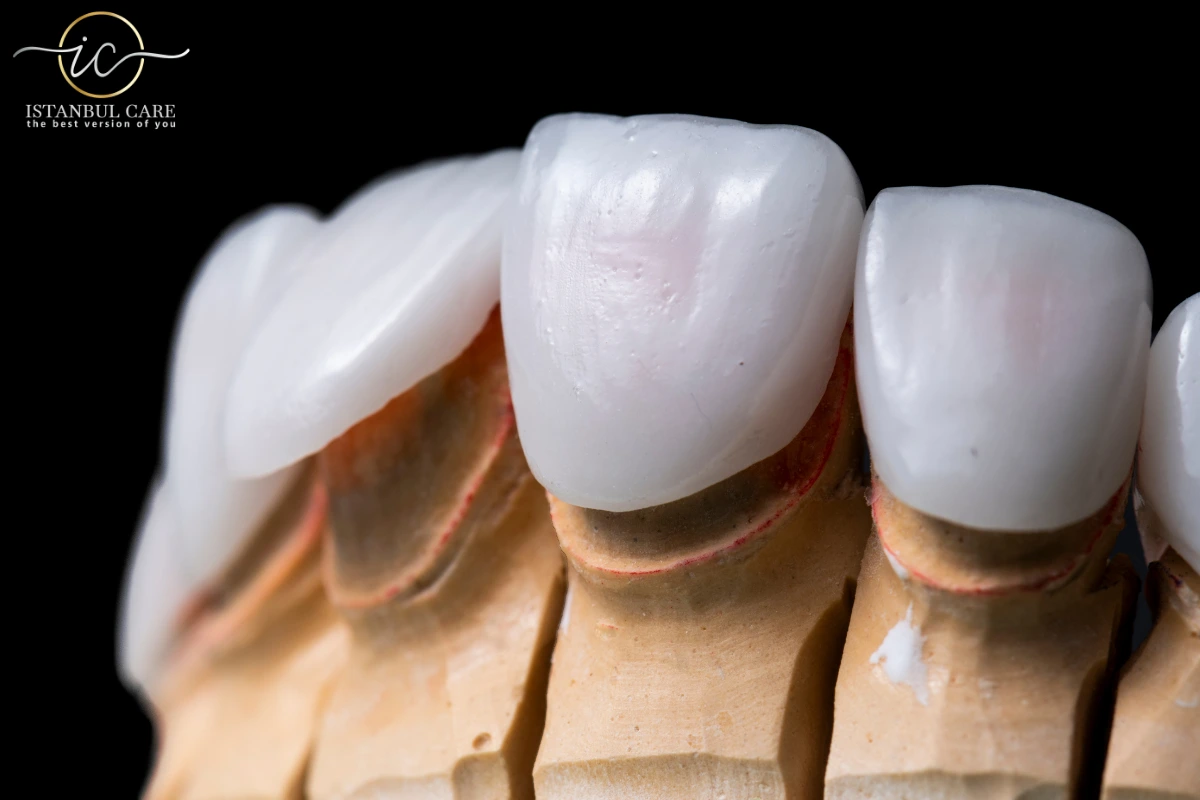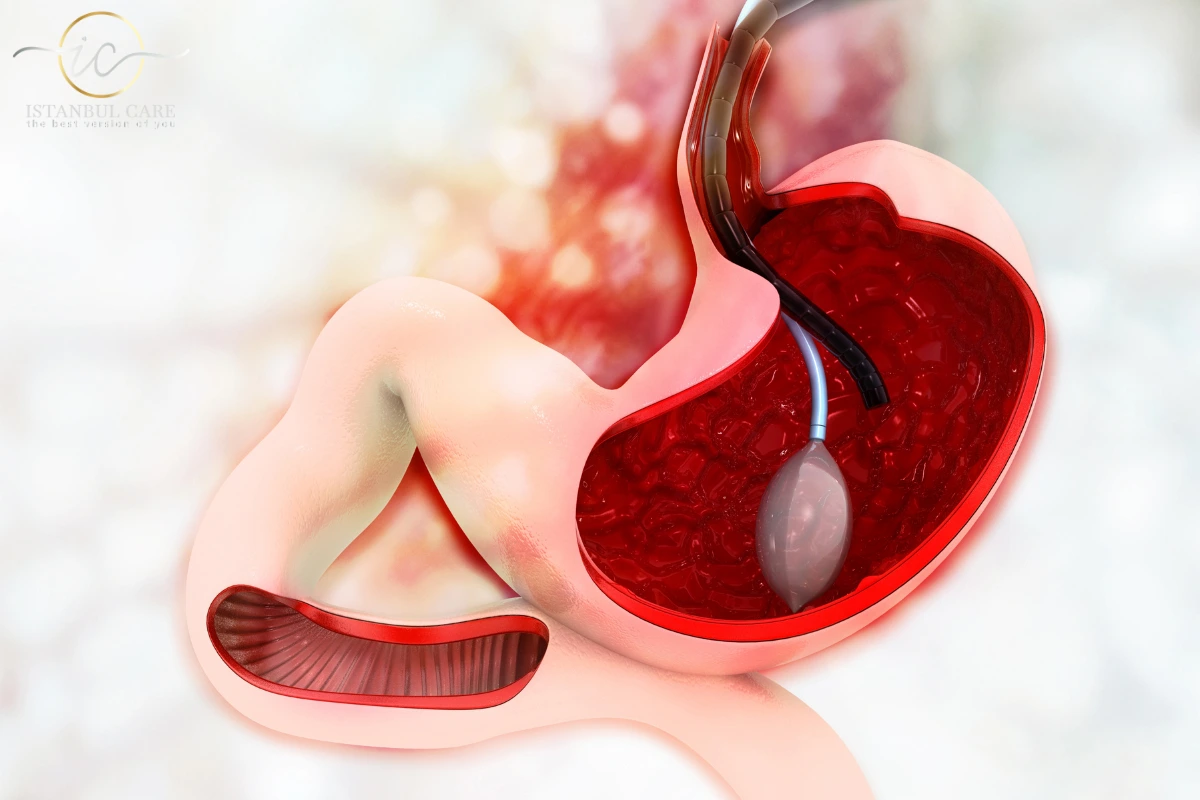Understanding Hair Transplant Aftercare
Hair transplant aftercare is essential for achieving and maintaining optimal results. It involves a careful combination of immediate care practices, ongoing maintenance, and routine adjustments. The initial few weeks post-transplant are critical, as your scalp is in the healing phase, and your new hair grafts are just beginning to anchor themselves. This process requires attention to specific aftercare steps, such as gentle washing techniques and avoiding potential irritants. By investing in proper aftercare early on, you lay a strong foundation for your implantation to thrive and deliver long-term satisfaction.
Immediate Post-Transplant Care
In the first week after your hair transplant, gentle care is vital. Avoid washing your hair for the first 48 hours to give the grafts a stable environment to set in. When you do wash, use lukewarm water and a gentle, sulfate-free shampoo. Gently pat the scalp dry rather than rubbing it to prevent graft dislodgement. Protect your scalp from direct sunlight, as UV rays can harm the healing tissues. It’s also recommended to avoid heavy exercise and activities that cause sweating, as excessive moisture can lead to irritation or infection. Remember to follow all care instructions provided by your surgeon, including any specific medications or topical solutions to support healing.
Long-Term Maintenance Strategies
Long-term maintenance of transplanted hair includes developing a routine that nourishes and strengthens your new hair. Over time, your transplanted hair will fully grow and begin to integrate with your natural hair growth pattern. Regular use of nutrient-rich products, such as shampoos and conditioners infused with vitamins like biotin and B-complex, can help fortify the hair shaft. Maintaining a balanced diet and considering supplements for hair health, like folic acid or omega-3s, can support natural hair growth. Many people find that incorporating specialized treatments, like platelet-rich plasma (PRP) therapy, can also benefit their results over the long term.
Daily Hair Care Tips for Transplant Recipients
Daily care of transplanted hair is relatively simple but highly effective in preserving its quality. Choose a gentle shampoo that is free of harsh chemicals and focus on washing your scalp rather than scrubbing your hair. Use a soft towel to pat dry and avoid vigorous rubbing, as it can weaken the roots. Be mindful of brushing techniques and use a wide-toothed comb to prevent pulling or stress on your hair. If using heat tools, keep the temperature low to avoid unnecessary damage. Regular hydration through moisturizing oils or leave-in conditioners can also help keep your hair healthy and flexible.
Using the Right Products for Your Transplanted Hair
Choosing the right hair care products is a crucial part of hair implantation maintenance. Look for products that are sulfate-free, as sulfates can strip the scalp of essential oils and cause dryness. Many dermatologists recommend shampoos and conditioners formulated with ingredients like keratin, collagen, and essential vitamins to strengthen hair. Topical products containing minoxidil may also be suggested, as they encourage natural hair growth in surrounding areas. Avoid products with harsh chemicals or strong fragrances, as they can irritate the scalp and impede hair growth. Additionally, hair masks or conditioning treatments every two weeks can deeply nourish the scalp and hair shaft.
Routine Check-ups and Touch-Ups
Routine check-ups with your implantation surgeon or dermatologist are beneficial in tracking your hair’s growth and health. These visits allow you to address any concerns, check for potential issues, and discuss any treatments that might optimize your results, such as additional PRP or low-level laser therapy. While well-performed hair implantation typically doesn’t need frequent touch-ups, some individuals may consider minor follow-up procedures if certain areas show thinning over time. Maintaining these regular appointments will keep you proactive about any changes and ensure your transplant remains in the best condition possible.
Lifestyle Adjustments to Support Hair Health
A healthy lifestyle plays a significant role in the longevity of your hair transplantation. Managing stress levels is critical, as high stress can lead to hair shedding and disrupt the body’s natural growth cycles. Incorporate stress-relieving practices, like regular exercise, mindfulness, and a balanced diet rich in vitamins and minerals. Staying hydrated by drinking plenty of water benefits both your scalp and hair follicles. Avoid smoking, as it restricts blood flow to the scalp and can inhibit healthy hair growth. Lastly, ensure adequate sleep, as it is essential for the body’s repair processes, including hair growth.
Common Mistakes in Hair Transplant Aftercare and How to Avoid Them
A few common mistakes can hinder your implantation results if left unchecked. Scrubbing your scalp or picking at scabs can damage healing grafts and affect the outcome of your transplantation. Another common error is using non-recommended products, which can lead to irritation and slow the growth process. Some individuals resume intense physical activities too soon, which increases the risk of sweating and possibly infection. Avoid using hats or headwear that apply excessive pressure, especially during the early weeks post-transplant. By avoiding these mistakes and following proper guidelines, you’ll protect your investment and promote long-term success.
Tips for Minimizing Pain During Hair Transplant
Managing discomfort during a hair implantation begins with preparation and using effective pain-relief methods both during and after the procedure. The transplant surgeon typically applies a local anesthetic to numb the scalp, minimizing pain during the process. To make the experience even smoother, communicate openly with your doctor about any discomfort and ask about relaxation techniques or mild sedatives, which can reduce anxiety and help you stay comfortable. During recovery, it’s essential to follow all prescribed medications to manage post-surgery discomfort and reduce swelling. Pain relief medication, when taken as directed, can provide substantial comfort in the days immediately following the procedure.
After the transplantation, certain home practices can further ease discomfort and support a smooth healing process. Applying cold compresses near, but not directly on, the treated areas can reduce swelling and alleviate mild pain. Sleep with your head elevated to minimize pressure on the scalp and keep any swelling under control. Avoid touching or scratching your scalp, as this can aggravate the healing tissue and increase pain. By following these steps, you’ll minimize discomfort and help ensure a more relaxed, comfortable recovery phase that allows you to focus on healing and achieving the best possible results from your hair transplant.
Last Words
In conclusion, maintaining your hair transplant results requires a combination of careful aftercare, ongoing maintenance, and lifestyle adjustments. By following proper post-transplant instructions, choosing gentle hair care products, and scheduling routine check-ups, you create a supportive environment for your new hair to thrive. Avoiding common mistakes and staying proactive about your scalp health will help you enjoy lasting, natural-looking results. With consistent care and mindful practices, your hair transplant can continue to deliver the confidence and satisfaction you sought through this transformative procedure.
